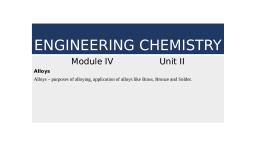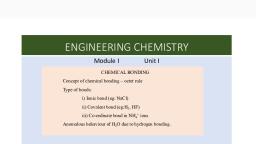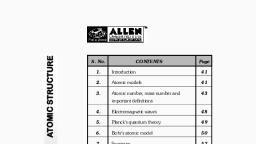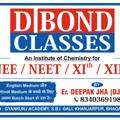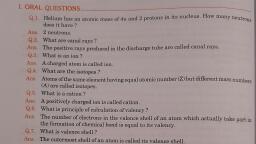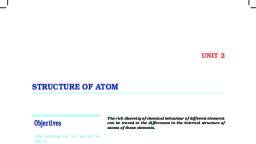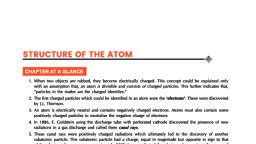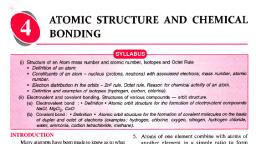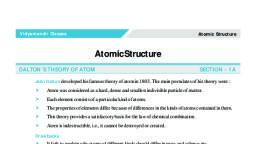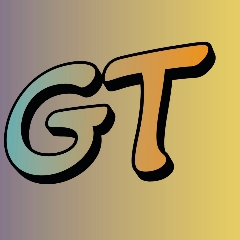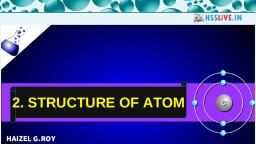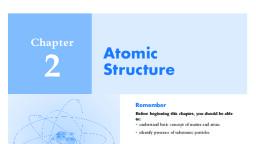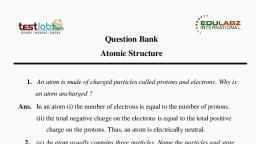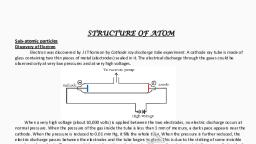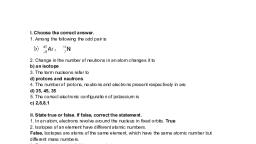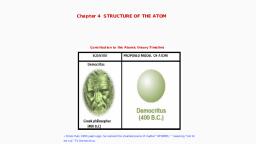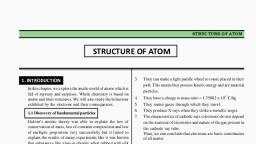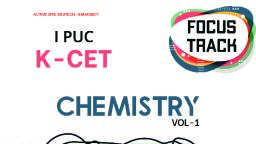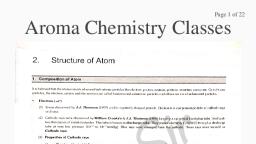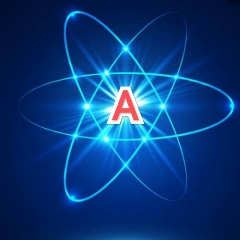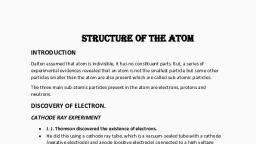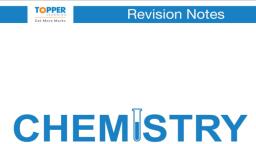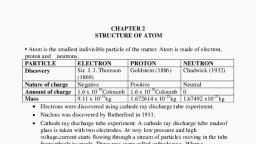Page 1 :
ENGINEERING CHEMISTRY, Module I, , Structure of Atom
Page 2 :
The universe is made up of matter and radiation., Matter posses definite mass and require space to occupy., Radiation is energy dissipated in the form of electromagnetic waves., , Universe, Matter, , Radiation
Page 3 :
Chemistry is the study of matter and the changes it undergoes.
Page 4 :
Matter is made up of Atoms, • Atom is smallest unit into which matter can be divided without the, release of electrically charged particles. It is the basic building unit of, all materials., • Size 10-10 m., • 92 types of naturally occurring atoms., • Combination of atoms lead to molecules.
Page 5 :
Atom is made up of fundamental particles, Fundamental Particle, , Charge, , Mass, , Electron, , -1.6 x 10–19 Coulomb, , 9.1 x 10-31 kg, , Proton, , 1.6 x 10–19 Coulomb, , 1.6 x 10-27 kg, , No Charge, , 1.6 x 10-27 kg, , Neutron
Page 6 :
Atomic number (A) = Number of Protons, = Number of electrons, Facts about atomic number, Atomic number is the unique identification number of an element., Since it is the number of electrons, it determines chemistry of the, element., Two atoms with same atomic number have same chemical, properties., In modern periodic table elements are arranged in the order of, atomic number.
Page 7 :
Mass number (M) = Number of Protons + Number of neutrons, Facts about mass number, Mass number gives mass of the atom., It does not include mass of electrons because their mass is, negligibly small.
Page 8 :
Calculation of number of fundamental particles, , Nd, , 60, , 145, , Nd – Neodymium, Atomic number – 60, Mass number - 145, , Neodymium magnets, , Number of Protons = Number of electrons = Atomic number = 60, Number of neutrons = Mass number – Atomic number = 145 – 60 = 85
Page 10 :
Review Questions, 1. What is an atom?, 2. Which are the fundamental particles present in an atom?, 3. Define atomic number., 4. An element has 20 protons and 20 neutrons in its nucleus. Identify the element.
